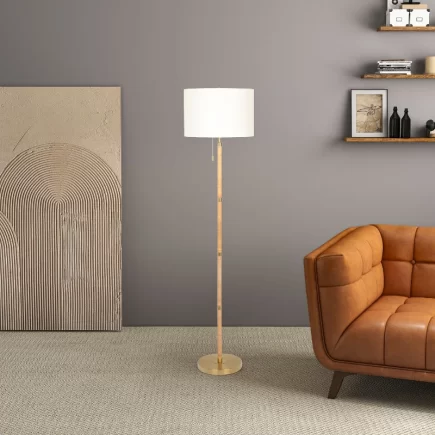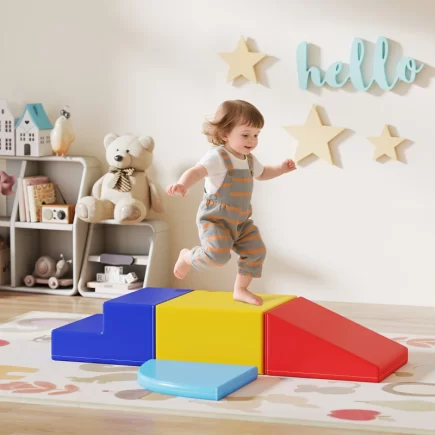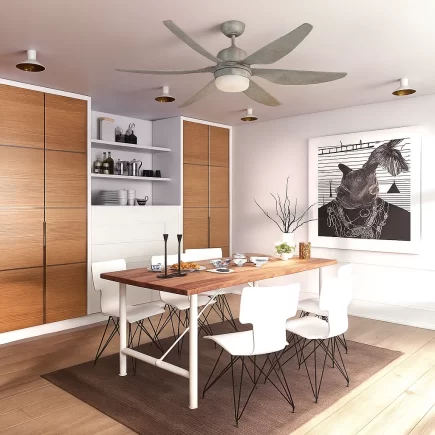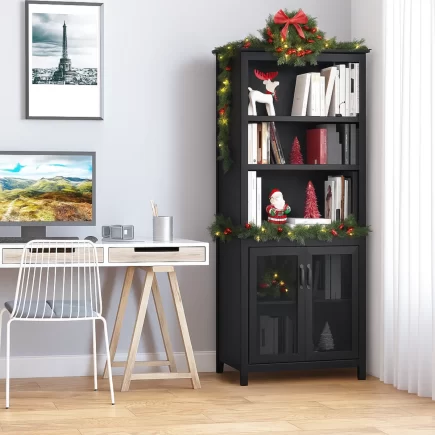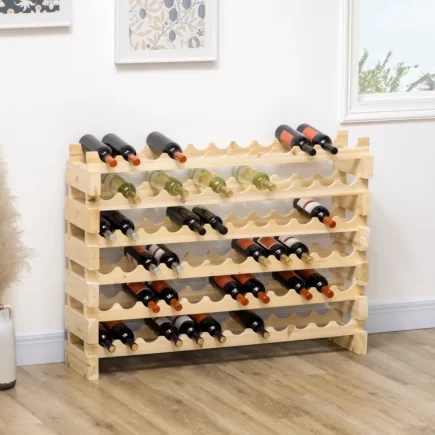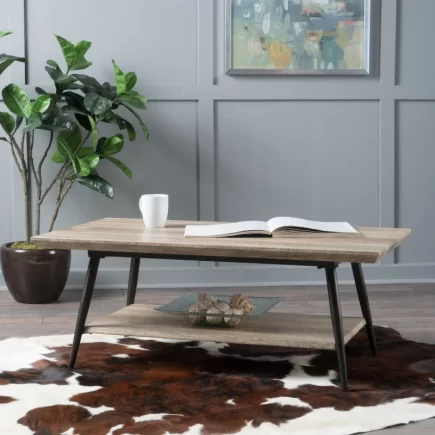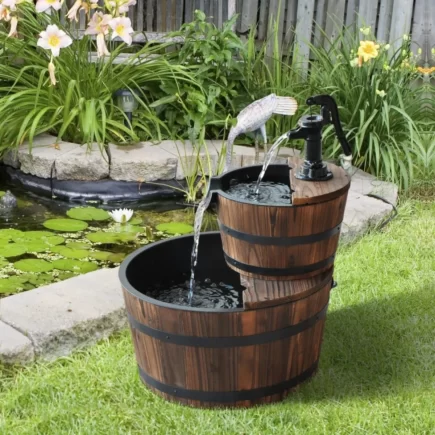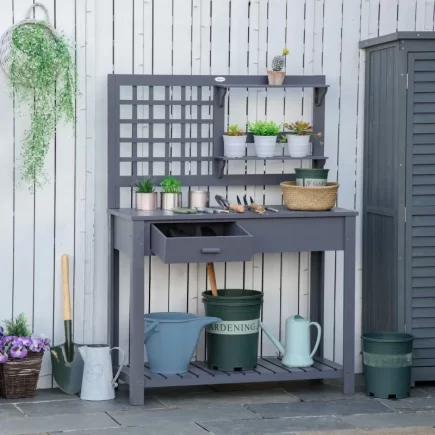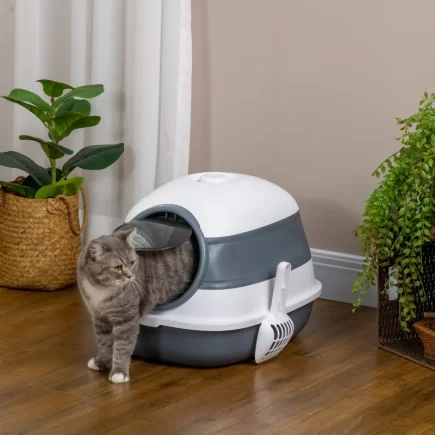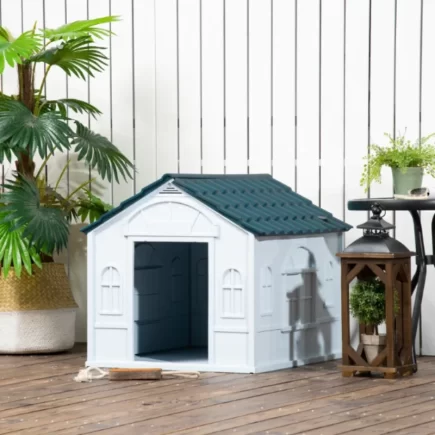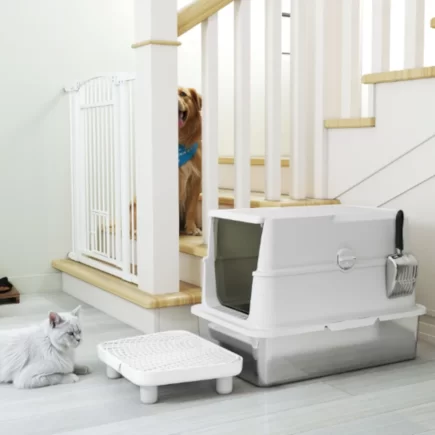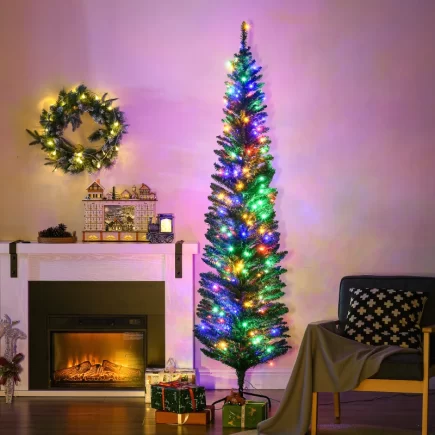Halloween is a holiday built on creativity. Costumes, pumpkins, and haunted houses bring the season to life, but in recent years, one idea has become especially popular: the Halloween tree. Modeled after the Christmas tree but with a spooky spin, a Halloween tree can transform a living room, porch, or party space into something truly unique.

Buying one already decorated is possible, but the results often look generic and come with a high price tag. Making your own Halloween tree decorations not only saves money, it also gives you total control over the design.
Quick Materials Reference for DIY Halloween Tree
| Category | Materials/Tools | Use |
| Tree Base | Aluminum wire, pliers, hot glue gun | Shape and secure main skeleton & branches |
| Pumpkin Ornaments | Foam balls | Create mini pumpkins for glowing décor |
| Carving & Shaping | Marker, craft knife, wood-burning tool, clay tools | Draw, carve, and refine jack-o’-lantern faces |
| Painting & Finish | Orange acrylic ink, yellow paint, soft pastels, matte sealer | Add color, shading, and protect pumpkins |
| Lighting | LED fairy lights, battery pack | Illuminate pumpkins and branches safely |
| Tree Trunk Cover | Aluminum foil, toilet paper, PVA glue, black acrylic paint, baking soda | Bulk up frame and create bark-like texture |
| Base Decorations | Moss, scissors, green/black paint | Add haunted forest look around the base |
| Battery Pack Cover | Cardboard, ribbon, hot glue | Hide power pack neatly but keep accessible |

Pro Tip: Buy extra ping-pong balls and lights in case of mistakes. Having backups prevents frustration.
Step 1: Plan the Size and Style
- Decide the size of your tree – small (6–10 inches), medium (2–3 feet), or large (over 3 feet).
- Choose a style: bare branches, a spreading oak-like shape, or bonsai-inspired.
- Estimate wire lengths: For a 2–3 ft tree, cut each wire around 4–5 ft long. You’ll lose length while twisting.
Expert Tip: If the skeleton feels wobbly while you’re building, wrap extra wire around the center. This reinforces the frame during construction so it can hold weight later.
Step 2: Cut and Bundle Wires
- Cut 20–40 pieces of wire (more wires = fuller tree).
- Hold all wires together in a bundle.
- Secure the center point with tape or a strong twist, this point will later become the base of your trunk.
Step 3: Form the Roots
- Place the bundle upright, with ends touching the floor.
- Split the bottom ends into 4–8 groups of wires.
- Twist each group outward into “root” shapes.
- Spread them across the floor like a tripod/quad stand for balance.
- Flatten root ends so the tree can stand.
- If using a base:
- Drill small holes into the wood/stone.
- Insert roots and glue them.
Step 4: Build the Trunk
- Starting above the root section, twist all the wires tightly together upward.
- Work slowly: twist 3–4 inches, then adjust grip and continue.
- Make the trunk thicker at the bottom and slightly looser toward the top for a natural taper.
- If you want texture, vary the twisting (tight in some areas, loose in others). This creates a bark-like effect.
Step 5: Form Main Branches
- When you reach about halfway up the wires, start separating into smaller groups (5–6 wires each).
- Twist each group outward and upward to form main branches.
- As you go higher, split each branch again into smaller groups.
- Keep twisting until you have several levels of branches.
Step 6: Shape the Smaller Branches

- Towards the tips, twist 2–3 wires at a time.
- At the very ends, leave single wires untwisted, these act as fine twigs.
- Bend them naturally with round-nose pliers. Avoid making them too straight or symmetrical, real trees are uneven.
Step 7: Adjust the Shape
- Stand back and observe the silhouette of your tree.
- Bend branches outward, upward, or downward to mimic nature.
- Upward for a spring-like tree.
- Outward and drooping for a winter-like tree.
- Spread branches so the tree looks full but balanced.
Step 8: Secure and Strengthen
- Press all trunk twists with flat pliers to compact and harden them.
- Trim off sharp ends sticking out with wire cutters.
- If the tree feels unstable, glue or screw the root section onto your wooden/stone base.
Step 9: Build the Tree Trunk Surface with Foil and PVA-Soaked Paper

Now it’s time to cover the wire skeleton and give it the appearance of a real tree trunk.
- Wrap aluminum foil around the skeleton to bulk up the shape.
- Mix equal parts PVA glue and water.
- Dip strips of toilet paper into the mixture and layer them over the foil.
- Let the surface dry completely before painting.
This step transforms the wire skeleton into a solid, bark-like surface that looks authentic while staying lightweight.
Step 10: Add Texture with Acrylic + Baking Soda Paint Mix

To give the trunk a realistic bark look:
- Mix black acrylic paint with a spoonful of baking soda.
- Apply two coats over the dried trunk.
- Dry-brush dark brown paint over raised areas to highlight texture.
Step 11: Shape the Pumpkin
- Start with a small foam ball, you can find them in most craft or dollar stores.
- Use a pencil or craft knife to carve vertical grooves evenly around the surface to mimic natural pumpkin ridges.
- Keep your cuts shallow and consistent so the shape stays round and smooth.
- This forms the base structure for your mini Halloween pumpkins.

Step 12: Hollow the Pumpkin
- Using a small knife, spoon, or heated sculpting tool, carefully carve out the center of the foam ball from the top.
- Scoop or melt the foam slowly until you create a shallow hollow cavity, about halfway deep.
- Smooth the inside edges with a clay tool or sandpaper for a clean opening.

Tip: Hollowing the pumpkin makes it lighter and provides space for inserting LED fairy lights later.
Step 13: Draw and Carve the Face
- Now it’s time to give your pumpkins their signature Halloween charm.
- Using a fine-tipped marker, draw triangle eyes, a nose, and a smiling or spooky mouth on each foam pumpkin.
- Make sure the design fits well within the pumpkin’s front surface.

- Next, use a craft knife or wood-burning tool to trace along the drawn lines.
Note: If you hollowed the pumpkin earlier, take care not to pierce through the thinner walls.

Step 14: Paint and Finish
- Paint each pumpkin with orange acrylic paint for a vibrant base color.
- Add yellow tones inside the carved areas to create a glowing effect, and outline the facial features in black paint for contrast.
- Once fully dry, apply a matte sealer or Mod Podge to protect the finish.For extra magic, place a small LED light inside each hollowed pumpkin, they’ll glow just like real jack-o’-lanterns.

Quick Reference: Pumpkin Painting Guide
| Focus | Product to Use | Effect Achieved |
| Base Color | Orange acrylic paint | Bright, vivid glow |
| Highlights | Yellow acrylic paint | Creates inner light effect |
| Outlines | Black acrylic paint | Adds sharp contrast |
| Protection | Matte sealer / Mod Podge | Preserves finish, adds durability |
Expert Tip: Choose orange or warm white lights for a traditional Halloween glow, or purple for a gothic look.
Step 15: Attach Pumpkins and Adjust Angles
Once the trunk is finished, add your glowing pumpkins.
- Glue pumpkins to the light wires, not directly to the tree.
- This allows you to adjust angles later.
- Face pumpkins outward for a centerpiece, or all in one direction if the tree is against a wall or backyard.
Pro Tip: Stagger pumpkin sizes and face designs for a more natural look.

Step 16: Decorate the Base with Moss and Paint Effects
The base ties the whole display together.
- Cut moss into small pieces.
- Mix with PVA glue and a little green/black paint.
- Spread around the base and up the roots.
- Optionally, add plastic spiders or bones for extra creepiness.

Table: Base Decoration Options
| Material | Effect | Best For |
| Moss | Haunted forest look | Indoor centerpiece |
| Gauze | Mummy wrap effect | Rustic displays |
| Cobwebs | Web-covered roots | Party setups |
Step 17: Conceal the Battery Pack and Add Final Details
The last step is hiding the battery pack while keeping it accessible.
- Build a small cardboard cover for the pack.
- Glue moss or fabric on top for camouflage.
- Add a ribbon pull-tab so the pack can be removed easily for battery changes.
Once this is done, step back and admire your glowing Halloween tree.
Safety Tips for Lights and Stability
- Avoid glass or fragile ornaments. Stick to lightweight materials.
- If placed outdoors, use waterproof lights and weather-resistant glue.
You’ve just built a Halloween tree that looks like it belongs in a haunted forest, complete with glowing jack-o’-lanterns, textured bark, and moss-covered roots. This project may take time, but the results are worth it.
Unlike store-bought décor or generic Outdoor Halloween Inflatable Decorations, this tree is truly one of a kind. It reflects your creativity, saves money, and can be reused for years. Whether you place it in your living room as a spooky centerpiece or outside to welcome trick-or-treaters, it will set the perfect eerie tone for Halloween night.
FAQs
1. How can I add movement to my Halloween tree for extra effect?
You can easily add motion by attaching lightweight paper bats, ghosts, or ribbons. These decorations naturally sway with airflow, creating an eerie, lifelike effect. For indoor setups, place a small fan nearby to make them flutter.
2. Can I make the pumpkins glow brighter without using stronger lights?
Yes, brighter glow doesn’t always require more powerful lights. Apply thinner paint layers on your pumpkins so more light passes through. Avoid heavy shading or too many coats, as they block brightness.
3. How can I keep my Halloween tree safe from pets or small children?
Safety is key when displaying DIY Halloween décor indoors. Place your tree in a corner or against a wall to limit access. Secure the base with weights or a heavy pot to prevent tipping. Always use lightweight, shatterproof ornaments to reduce risks if touched or bumped.

